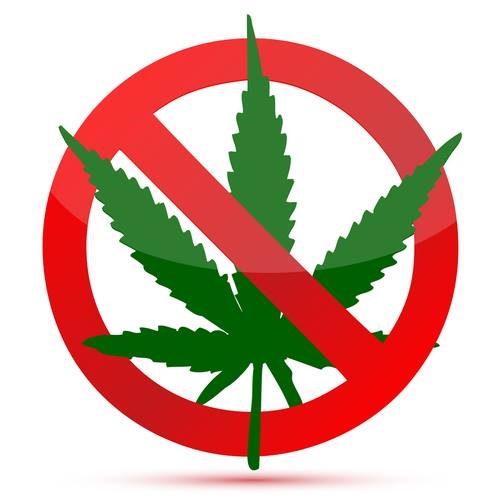Credit Annelise Capossela
Marijuana seems to be on an unstoppable march to legalization in the United States.
New York and New Jersey are racing to join the 10 states that already allow recreational use of cannabis. Some 65 percent of Americans favor legalization, and several potential Democratic candidates for president support ending federal prohibitions on marijuana.
This huge shift in public attitudes comes even though most Americans do not use the drug. Only 15 percent of people over 12 used it even once in 2017, according to a large federal survey. That year, only three million people tried it for the first time.
Instead, the change has been largely driven by decadeslong lobbying by marijuana legalization advocates and for-profit cannabis companies.
Those groups have shrewdly recast marijuana as a medicine rather than an intoxicant. Some have even claimed that marijuana can help slow the opioid epidemic, though studies show that people who use cannabis are more likely to start using opioids later.
Meanwhile, legalization advocates have squelched discussion of the serious mental health risks of marijuana and THC, the chemical responsible for the drug’s psychoactive effects. As I have seen firsthand in writing a book about cannabis, anyone who raises those concerns may be mocked as a modern-day believer in “Reefer Madness,” the notorious 1936 movie that portrays young people descending into insanity and violence after smoking marijuana.
A strange disconnect has resulted.
With large studies in peer-reviewed journals showing that marijuana increases the risk of psychosis and schizophrenia, the scientific literature around the drug is far more negative than it was 20 years ago. Comparing two major reports from the National Academy of Medicine, the nonprofit group that advises the federal government on health and medicine, makes the difference clear.
In a report in 1999, the academy (then called the Institute of Medicine) reported that “the association between marijuana and schizophrenia is not well understood.” It even suggested the drug might help some people with schizophrenia. But in its next major report on marijuana, released in 2017, the academy reached a very different conclusion: “Cannabis use is likely to increase the risk of schizophrenia and other psychoses; the higher the use, the greater the risk.”
Yet the change in the scientific consensus has gone unnoticed. Americans in general are far more likely to believe the drug is safe, and even medically beneficial, than they once were. As a result, support for legalization has doubled since 1999.
Making matters worse, the ways Americans use cannabis are changing in ways that further increase its risks.
Many older Americans remember marijuana as a relatively weak drug that they used casually in social settings like concerts. They’re not wrong. In the 1970s and 1980s, marijuana generally contained less than 5 percent THC. Today, the marijuana sold at legal dispensaries often contains 25 percent THC. Many people use extracts that are nearly pure THC. As a comparison, think of the difference between a beer and a martini.
And though legalization hasn’t led to a big increase in Americans trying the drug, it has meant that those people who already use it do so far more frequently. In 2005, about three million Americans used cannabis every day. Today, the figure is eight million. Put another way, about one cannabis user in five uses it daily. By contrast, only one in every 15 drinkers, about 12 million Americans, consumes alcohol every day.


